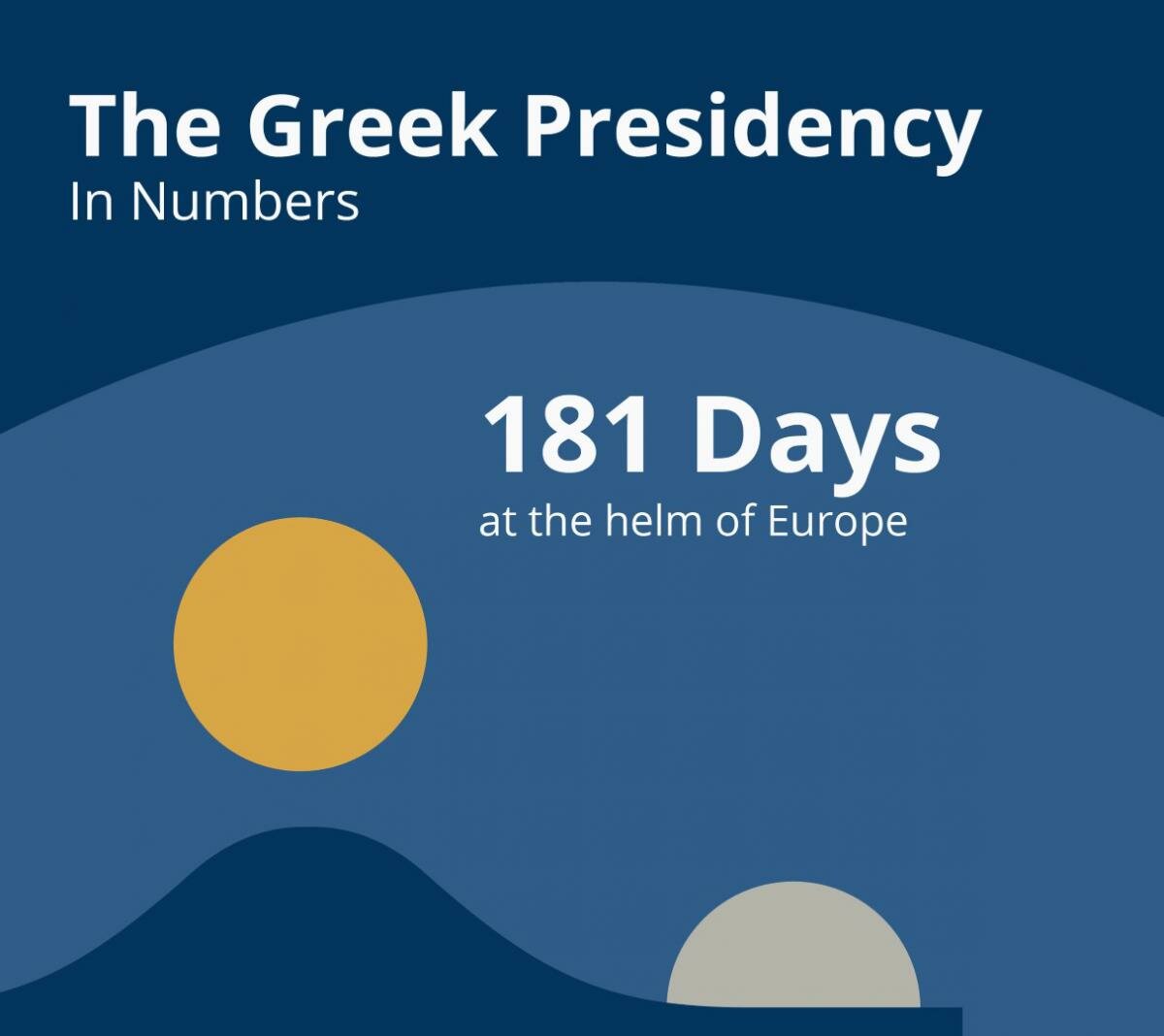Vulnerability to climate change varies widely across regions. All EU countries are exposed to climate change, but some regions are more at risk than others, with the Mediterranean basin being one of them.
Thirsty for more
Climate change is expected to cause significant changes in rainfall patterns, as well as in the quality and availability of water resources. In Europe, the Mediterranean area is becoming drier, making it even more vulnerable to drought and wildfires. Meanwhile, Northern Europe is getting significantly wetter, and winter floods could become common.
In the hot spot
The Mediterranean Sea Surface Temperature might see an increase of about 2°C in the next decades (2041-2070) on the land. Moreover, the warming might be even higher (up to 3°C), especially in North-eastern Europe and the Alpine region during winter and in Southern Europe during summer.
What’s happening?
Extreme weather conditions pose a direct risk to human health, the integrity of ecosystems and the economy, in ways which undermine our physical and economic sustainability. Existing problems of desertification in the Mediterranean are being exacerbated while water scarcity substantially increases the risks associated with food production. Moreover, coastal areas are directly threatened by rising sea levels, forcing humans and animals to abandon them. For instance, it is estimated that warming of 1.50 C-2.50 C beyond today's levels could put as many as 20-30% of plant and animal species at increased risk of extinction.
Earth observation & climate change: The big picture
Europe is one of the world’s leading players in the advancement of Earth Observation (EO) technologies and related environmental applications. European remote sensing satellites cover all of the Earth's climatic zones, while European ground-based, air-based and ocean-based monitoring devices serve users by providing high quality observation data in areas as diverse as urban planning, adaptation to and mitigation of climate change, disaster and disease control and humanitarian relief.
Adapt or perish: #EU2030
EU2030 is the framework which sets out the European Union’s goals for a competitive, secure and sustainable economic and energy system by the year 2030. It was presented in January 2014, and it aims at fostering a low-carbon economy. Its main points include:
· Reducing EU domestic greenhouse gas emissions by 40% below 1990 levels.
· Increasing the share of renewable energy to at least 27% of the EU's energy consumption
· Continued improvements in energy efficiency
· Reforming EU’s emissions trading system
To this end, the International Conference Adaptation Strategies to Global Environmental Change in the Mediterranean City and the Role of Global Earth Observations, taking place in Athens on 9-11 June, aims to explore the growing potential of GEO and exploit climate information transfer from science to stakeholder application in order to develop suitable adaptation measures at national and regional levels. It will focus on the benefits of both short and long-term adaptation planning to cities in Mediterranean-climate regions while highlighting case studies of successful implementation strategies.
Did you know?
- The Mediterranean climate is a particular variety of subtropical climate.
- Med climate prevails in much of California (USA) as well as in parts of Australia, South Africa, Central Asia, and Chile.
- Mediterranean ecosystems could be among the most impacted by global change drivers.
[Sources: European Commission, CMCC, Greenpeace]








